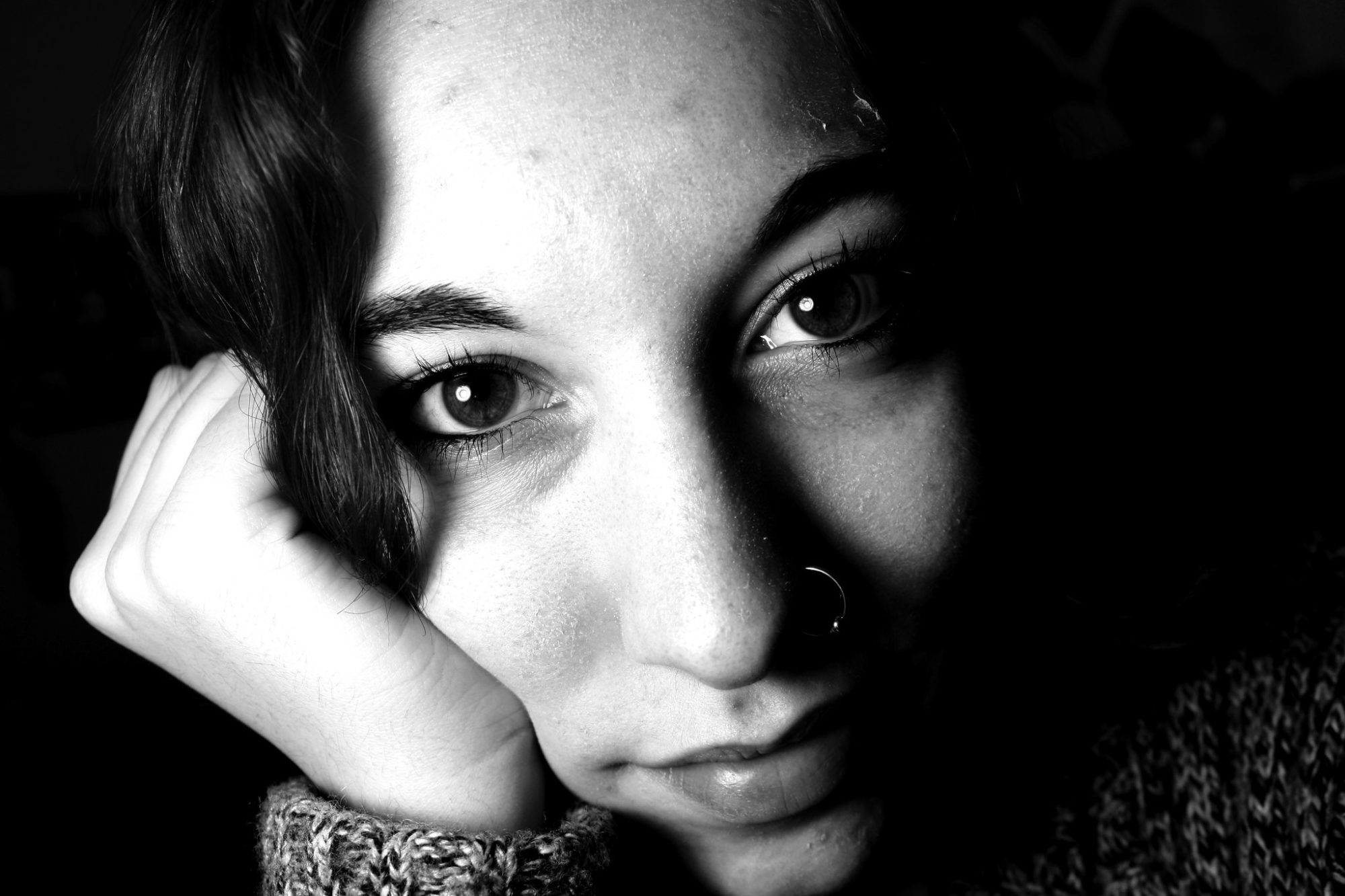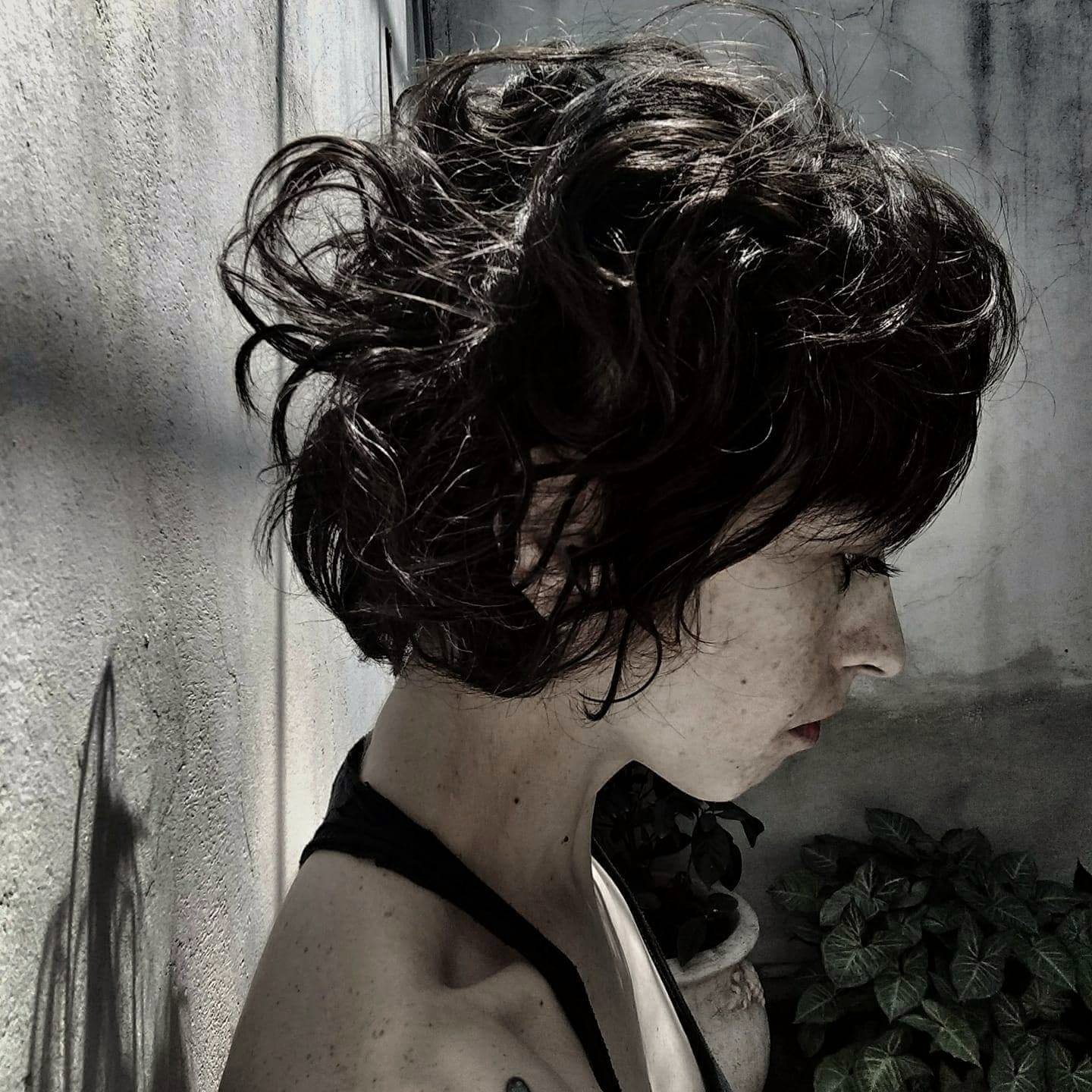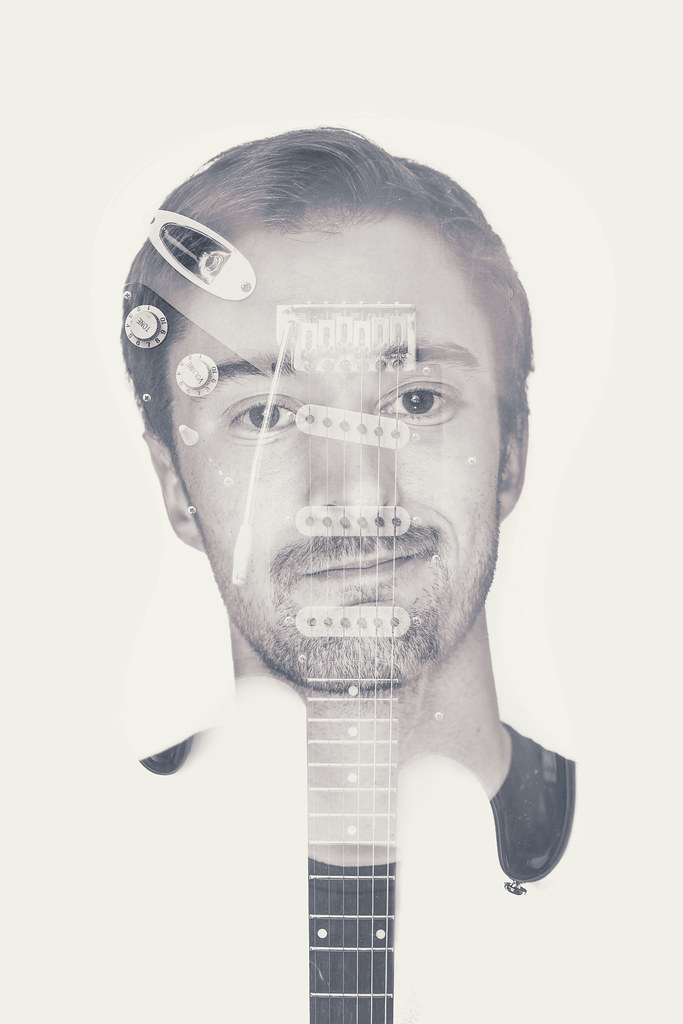Let me first make one thing perfectly clear: when I speak of self-portraiting, I do not refer to the “selfie.” “Selfies” and self-portraits are not interchangeable terms, nor do they measure up to the same level in photography.
Now that we've got that over with, we can move on.
Why Self-Portraits Can Help You Improve Your Photography
Well, most beginner photographers don’t have the courage to head out and photograph people at first, so they often practice by using themselves as the model. Acquiring the self-esteem to photograph other people is a totally different subject matter, but while in that process, you should at least make the most out of self-portraits so that you will be better prepared to move on to photographing other people.
Self-portraits are generally a lot harder than photographing other people, since you are the model and the photographer at the same time. What you will learn with the very first try is that it takes a good deal of planning and trial-and-error to achieve the image you have in mind.

While you are giving this a try, what can you learn from the process? Firstly, you will learn basic camera operation, whether you hoped to or not. You’ll need to go manual, which will force you to understand exposure, aperture, and ISO. Since you won’t be looking at the camera meters while shooting the image (because you will be the model and the camera will be on a remote control or timer), you won’t be able to rely on them, so you’ll have to switch to manual and do it all by yourself.
The second thing you’ll learn is to use the focal length scale of the lens itself in order to focus to the proper distance, since focus is manually adjusted, as well. This is important since you won’t be able to focus if there is nothing to focus on (you can’t be in two places in the same time!), therefore you’ll have to measure the distance and set it using the lens scale. It is not easy to get the focus right, and it will require a considerable amount of trial-and-error, but it will be a good lesson in planning things right, and using the camera in full manual mode.
Lastly, you will learn a lot about light, since you won’t be settling for a regular and boring “selfie.” You're going to want more than that, way more. Thus, modifying and altering light on the go will be something you will do on a regular basis with self-portraits.

Once you get a solid grasp on these fairly simple ideas, you’ll probably move on to more complex techniques, such as combining images into one, double-exposures, and so on. This is where the real fun begins!
Most of the combined images will require the same setup, so you will learn the difference between a 50mm and a 35mm focal length, or any other focal lengths for that matter. You will learn that the longer the lens is, the more compression the image has. However, you’ll also learn that combining different focal lengths in a single image can be used to achieve forced perspective and similar interesting effects.

You will also learn how to model. This is quite important since it will help you a whole lot in the future when you will need to give instructions to the models you are going to photograph. Being able to model some (not saying that you need to do it perfectly) will give you the ability to show the model what you want him/her to do, which is usually easier than wasting hours with vague verbal explanation.
And Then Comes Post-Processing
This will depend largely on the type of image you shoot, but since you’ll want to perfect the image, you will push yourself to learn more and more every day. Post-processing images of yourself is, on a psychological-level, quite different from processing images of other people. When the person on the screen is you, you’ll take extra measures not to alter the character features and keep the person (you) as close to reality as possible. This will be valuable practice, since you’ll need to be that careful with everybody you photograph.
One last thing you’ll notice is that the images you produce will mirror your current emotional state! Appropriately editing light and colors to complement your body language can aptly convey your mood. If this happens often for you, it means that you are able to talk through the camera without saying a single word, and I salute you. Transferring emotions through a photographed image is analogous to transferring emotions through written text, music, paintings, and so on. If you are able to do this, then you have the talent necessary for success in your trade.

Photo by Tereza Rubá on Unsplash
On a closing note: I've observed many beginners setting up the camera (for self-portraits) on what they see as a whole bunch of “stable” items, but they wind up having an accident that often results in damage to the lens (since it is the first thing to suffer), or even the whole camera. So please, get yourself a tripod so that you won’t be tempted to balance the camera on just anything! May successful self-portraits be yours!





1 Comment
Right on the spot. If you have no model on hand, why not practice with self portraits?
And I have a faster if not better method: I have a dressmaker’s cheap dummy painted in opaque flesh tone that I use for focusing and general lighting subject. Better than a person since it doesn’t move…
Then I remove the dummy, take its place (picking the exact spot can be tricky if the f/ setting is too open); and shoot with a timed exposure. Only thing I need is to adjust the exposure settings, which takes a few shots until I get it right, et voilà until I get the results I wanted.